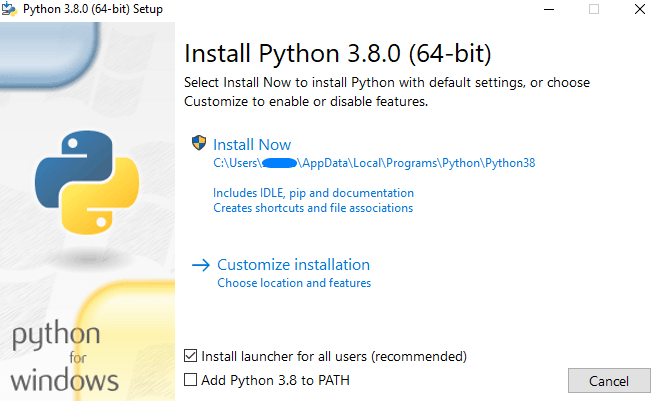Python Getting Started
Python is indeed an exhilarating and dynamic language, captivating developers and data scientists worldwide with its myriad of advantages. Its success stems from the perfect synergy it strikes between performance and an array of powerful features, rendering application development in Python a delightful and straightforward experience.
One of the key attractions of Python lies in its simplicity and readability, making code composition an enjoyable endeavor. The language's minimalist and elegant syntax empowers developers to focus on solving problems and implementing solutions, rather than getting entangled in convoluted code structures.
Python's extensive library support, including the previously mentioned data science libraries, ensures that developers have access to a wide range of tools and functionalities at their disposal. This comprehensive library ecosystem significantly streamlines development, as it offers pre-built modules for various tasks, reducing the need for reinventing the wheel.
Install Python
If you need to install Python in your system, you may download the most recent stable version.
Visit https://www.python.org/downloads/ and download the current latest version.
Run the downloaded file. This brings up the Python install wizard, which is really easy to use.

Setting path for Python
To temporarily set environment variables for run Python interpreter, open Command Prompt and use the set command:
To permanently set the default environment variables for run Python interpreter:
- Right-click 'My Computer'.
- Select 'Properties' at the bottom of the Context Menu.
- Select 'Advanced system settings'
- Click 'Environment Variables...' in the Advanced Tab
- Under 'System Variables': Click Edit
Add python directory path to the end of the list (the paths are separated by semicolons(;))
For detailed instruction for setting up Python path: How to set python path
Your First Python Program
Open a text editor (eg. Notepad) and type in the following code exactly as written:
Save the file as "first.py".
To run this Python source file in script mode, Open command prompt and change to the directory you save the python file (first.py) and type at the command prompt:
You will see the line "Hello World!" as output.
Python's adaptability and versatility render it suitable for various application domains, including web development, data analysis, automation, scientific computing, and more. Its compatibility with different operating systems and ease of integration with other languages makes it a flexible choice for cross-platform and multi-language projects.
As Python continues to evolve and thrive, its global community of developers contributes to its growth through continuous innovation, updates, and the development of new libraries and frameworks. This strong and supportive community ensures that Python remains relevant, up-to-date, and capable of meeting the demands of a rapidly changing technological landscape.
Conclusion
Python's exciting journey as a robust and powerful language is an ongoing saga, captivating programmers with its ease of use, versatility, and potential for innovation. Its latest version, Python 3, represents the future of Python programming, promising to take the language to new heights and solidify its position as one of the most popular and sought-after programming languages across various domains.